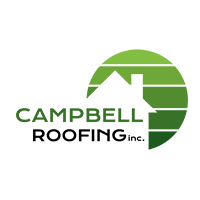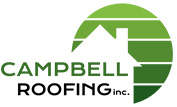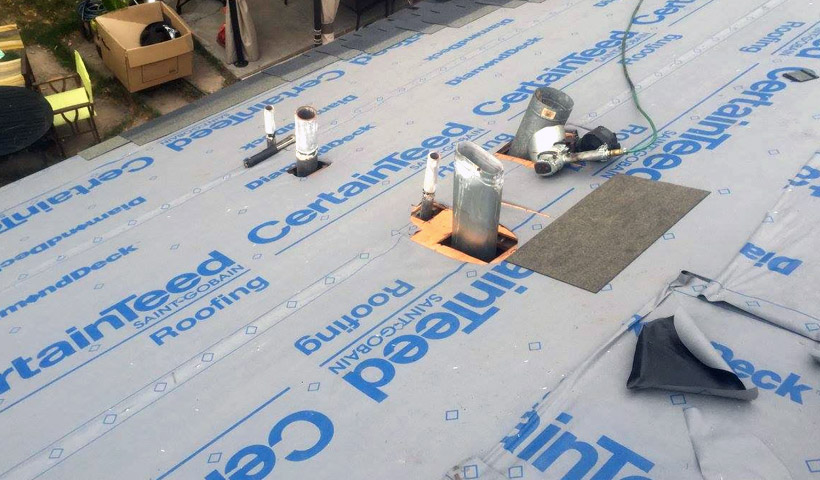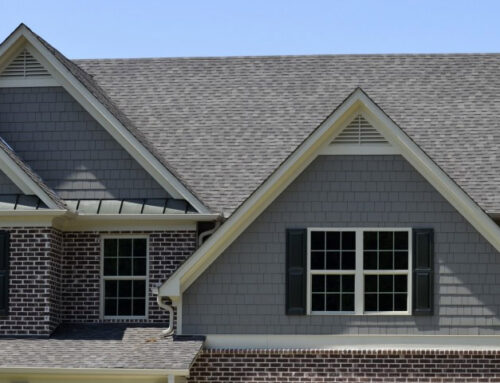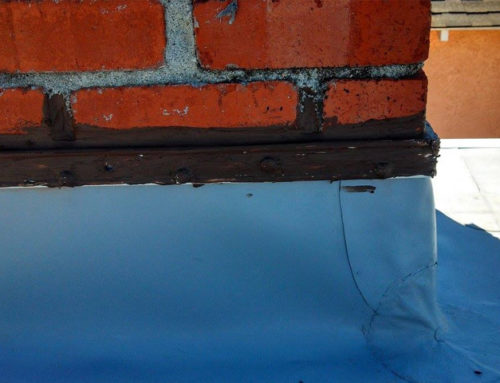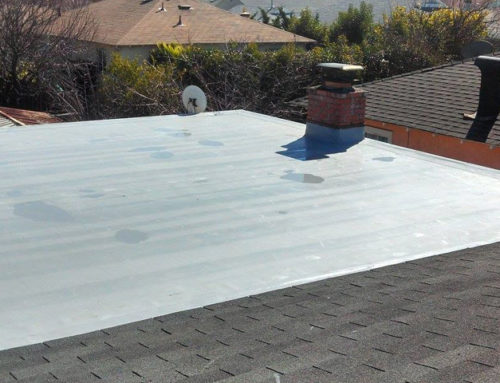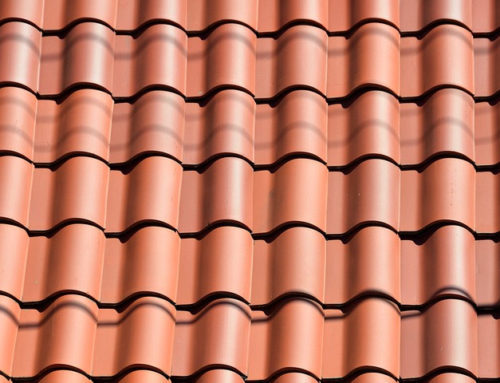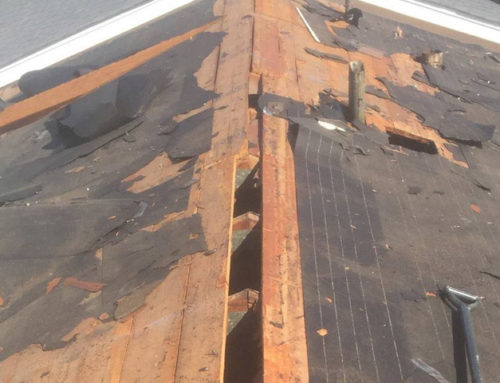Roof insulation is, in theory, one of the most long-lived layers of the roof. Safe beneath the shingles from the sun, rain and other damage, roof insulation won’t deteriorate quickly at all. In fact, roof insulation can be expected to last the lifetime of your home, or 100 years or more. Everything from spray insulation to batts and rolls comes with an impressive shelf life. That said, your insulation may not actually make it that long. There are various complicating factors that can damage your insulation and require you to replace it early. We’ll outline these factors below.
Roof Leaks
Before you spot a roof leak in your ceiling, it has already soaked through some of the insulation. Insulation will not work after it has been wet. While it’s true that you can sometimes cut out very small pieces of mildly damp insulation, let them dry, and replace them, most roof leaks cause more damage to insulation than can be dried. Many kinds of insulation will develop gaps in coverage when wet. And, if it doesn’t dry out right away, then it may develop mold or mildew, which will do more damage. Ultimately, it is best to remove and replace any insulation that was damaged by a roof leak.
Animal Intrusion
For animals, especially birds and rodents, the insulation in your roof is the perfect nesting material—lightweight, warm, and protective from predators. If you have some kind of animal intrusion in your attic, they have typically found their way into the insulation. They’ve left food, droppings and cut holes in the insulation for their own passage.
After you’ve gotten the pest control professionals to remove the pests, they typically also have to remove a good portion of the insulation. Even dried, the insulation could grow bacteria, mold, or just significantly reduce your home’s energy efficiency if you leave it in it place.
Moisture Issues
Not all moisture issues in insulation are the result of roof leaks. If you have improper roof ventilation, then your roof may capture the humidity from your home. In the attic, this excess humidity may condense on the insulation, dry wall, roof truss, or other materials. Any insulation that gets wet will have to be removed and replaced. The same goes for drywall and roof trusses.
Smoke Damage
Smoke and flame can also give your insulation an early end. Fires that do not quite destroy the structure may still have done enough damage to the insulation that it needs to be destroyed. Even if the insulation itself did not catch fire, it might be damaged from smoke and heat. Your restoration expert can help you assess the condition of your insulation and other parts of your building after a fire.
Technological Advancement
While your insulation may last 100 years, you may not want it in your attic for that long. New technological advancements in insulation have made higher quality products that resist the transfer of heat and provide better coverage. There are also new products that provide better insulation relative to their size, so they are thinner and fit in smaller spaces.
